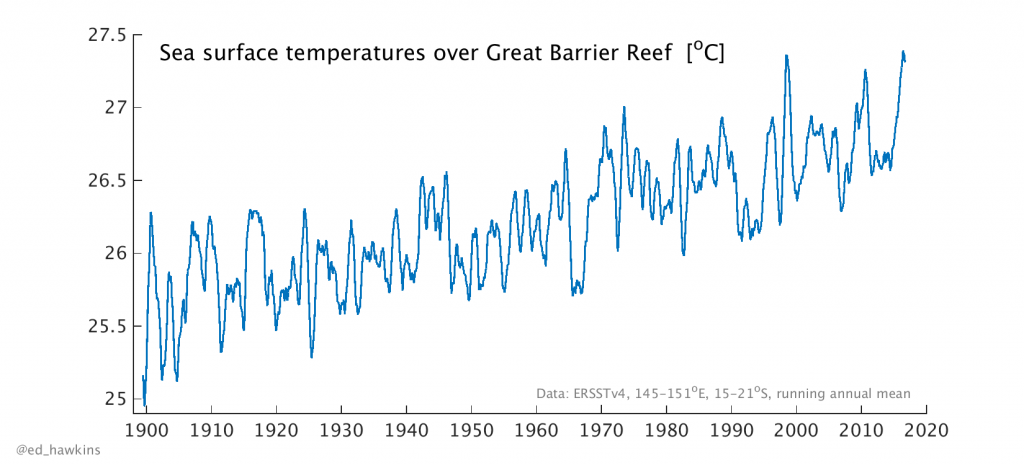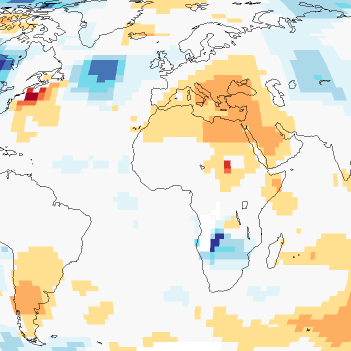Climate sensitivity characterises the response of the climate to changes in radiative forcing and can be measured in many different ways. However, estimates derived from observations of historical global temperatures have tended to be lower than those suggested by state-of-the-art climate simulators. Are the models too sensitive?
A new study largely explains the difference – it is because the comparison has not been done ‘like-with-like’.
The implications for understanding historical global temperature change are also significant. It is suggested that changes in global air temperature are actually ~24% larger than measured by the HadCRUT4 global temperature dataset. Continue reading Reconciling estimates of climate sensitivity →

